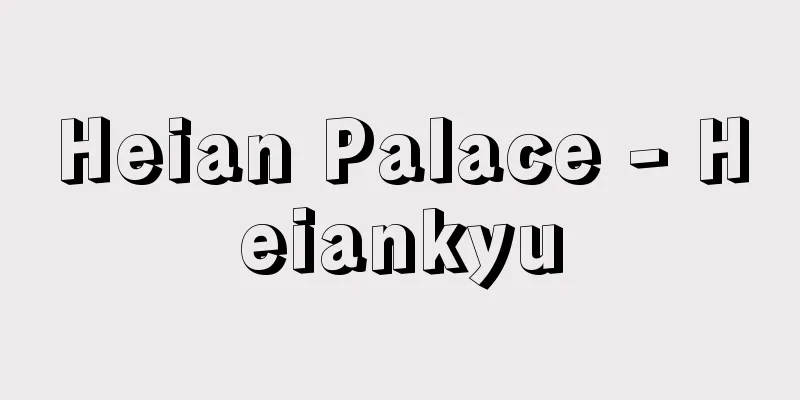Cremation Urn Cemetery Culture - Cremation Urn Cemetery Culture

|
…The first half of the Early Iron Age in Europe, which preceded the Romans, is called the Hallstatt period, and the second half the La Tène period (La Tène culture). However, the Hallstatt culture, named after a salt mine and cemetery site on the lake shore about 50 km southeast of Salzburg, Austria, is divided into periods A through D, of which the Hallstatt period and culture are periods C and D, while periods A and B belong to the Bronze Age. The Urnfield (Urnenfeld (German)) culture, which stretched from eastern France in the west to the Carpathian Basin in the east, was established by actively adopting advanced cultures such as Greece and Etruscanism, as well as horse riding customs. … From [Tomb]…The oldest known cremation is from the XV-XII layers of Tepe Gaura in Iraq (Uruk period, 4000 BC). In Europe, it was rarely seen in the early Neolithic period (Danubian culture), but flourished from the later period to the Bronze Age, and the name of the culture (Urnfield Culture) was given to the practice of placing cremated bones in urns. The oldest known example of bone washing, reburial, and secondary burial is from the Neolithic site of Çatalhöyük in Turkey (6000 BC), where the body was buried in the open air, left for birds and insects to eat, and then the bones were wrapped in cloth or mats and buried under the floor of a house. … *Some of the terminology that refers to the "cremation urn cemetery culture" is listed below. Source | Heibonsha World Encyclopedia 2nd Edition | Information |
|
…ローマに先立つヨーロッパの初期鉄器時代前半はハルシュタットHallstatt時代,後半はラ・テーヌ時代(ラ・テーヌ文化)と呼ばれる。ただし,オーストリアのザルツブルク東南東約50kmの湖岸にある,採岩塩・墓地遺跡の名にちなむハルシュタット文化は,A~D期に分けられ,ハルシュタット時代・文化はこのうちC・D期の時代・文化であり,A・B期は青銅器時代に属する。西はフランス東部から東はカルパチ盆地に至る火葬骨壺墓地(アーンフィールドurnfield,ウルネンフェルトUrnenfeld(ドイツ語))文化の人びとが,ギリシア,エトルリアなどの先進文化や乗馬の風習を積極的に採り入れて成立した。… 【墳墓】より…知られる最古の火葬はイラクのテペ・ガウラXV~XII層(ウルク期,前4000年)の実例である。ヨーロッパでは新石器時代初期(ダニューブ文化)にまれにみられるが,後期から青銅器時代にかけて大いに栄え,火葬骨を壺に納めたことが文化の名称(火葬骨壺墓地文化Urnfield Culture)に取り上げられるほどである。洗骨葬,再葬,二次葬などとされるものの最古の例は,新石器時代トルコのチャタル・ヒュユク(前6000年)のものであって,遺体を風葬し,鳥や昆虫についばませて骨だけとした後,布かマットに包んで住居の床下に土葬している。… ※「火葬骨壺墓地文化」について言及している用語解説の一部を掲載しています。 出典|株式会社平凡社世界大百科事典 第2版について | 情報 |
Recommend
Flower language - Hanakotoba (English)
Also written as hanakotoba. A flower or plant is ...
Sea of Japan - Nihonkai (English spelling) Japan Sea
It is one of the marginal seas of the North Pacif...
Warner Brothers Pictures, Inc.
The Warner Brothers, four Polish Jewish immigrants...
Utamaro
⇒ Kitagawa Utamaro Kitagawa Utamaro Source: About ...
Eurovision
…It also exchanges news with Eurovision every day...
Vivianite (vivianiite)
A deep blue iron phosphate mineral. Its chemical c...
Okawa [city] - Okawa
This city occupies the Tsukushi Plain on the left ...
Occitan - Occitan
〘Noun〙 (Oc is oc) ① In medieval France, a general ...
Timotheos (sculptor)
...The cult began in the area in the 7th century,...
"Amazon River Naturalist" - Amazon River Naturalist
…After arriving at the mouth of the Amazon in May...
Temporal bone
…It is a rectangular dish-shaped bone connected b...
Zenrinkyokai - Good Neighborhood Association
Founded in Tokyo in 1933 as an organization for pr...
Komai - Komai
〘Noun〙① A short dance performed in Kyogen. It is a...
Mizuhiki crab (Mizuhiki crab) - Mizuhiki crab (English name) Eplumula phalangium
A decapod crustacean of the family Polytrichum. It...
Bothriospermum tenellum (English spelling)
...The whole plant is sometimes used as a folk me...



![Theresa [of Calcutta] (English spelling)](/upload/images/67cc4705cf545.webp)





